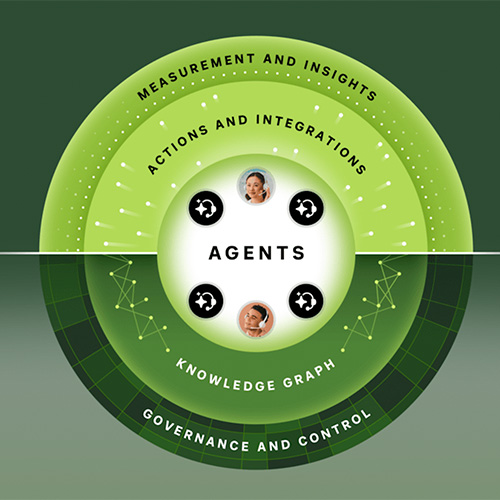Breaking News

In a landmark move, IBM and AMD have announced a strategic partnership to develop next-generation quantum-centric supercomputing infrastructure, combining the power of quantum computing, artificial intelligence (AI), and high-performance computing (HPC). This collaboration is aimed at tackling some of the world’s most pressing and complex challenges across industries such as drug discovery, materials science, logistics, and climate modeling.
The partnership brings together IBM’s expertise in quantum systems, quantum software, and open-source ecosystems like Qiskit with AMD’s leadership in CPUs, GPUs, AI accelerators, and semiconductor innovation. Together, the companies plan to build scalable, hybrid computing platforms that go beyond the limits of traditional systems by integrating quantum-classical workflows.
Unlike classical computing, which relies on binary bits, quantum computing uses qubits to represent and process information based on the principles of quantum mechanics. This capability enables simulations of natural systems and advanced problem-solving for industries driving digital transformation.
Highlighting the importance of this collaboration Arvind Krishna, Chairman and CEO of IBM, said, “By combining IBM’s quantum expertise with AMD’s high-performance computing technologies, we aim to create a powerful hybrid model that redefines what’s possible in supercomputing.”
Dr. Lisa Su, Chair and CEO of AMD, added, “High-performance computing is essential for addressing the world’s most important challenges. This partnership with IBM opens tremendous opportunities to accelerate discovery and innovation by merging HPC, AI, and quantum technologies.”
The companies plan to showcase hybrid quantum-classical workflows later this year, demonstrating how tasks can be optimized by allocating specific processes to either quantum systems or HPC/AI-driven platforms. For instance, quantum processors could handle atomic-level simulations, while AI and HPC manage large-scale data analysis.
This partnership could also accelerate IBM’s long-term vision of achieving fault-tolerant quantum computing before the end of the decade. With AMD’s semiconductor technologies enabling real-time error correction, the collaboration has the potential to deliver secure, scalable, and future-ready computing solutions.
By merging quantum computing, AI, HPC, and cloud-based innovations, IBM and AMD are setting the stage for a new era of digital transformation, empowering enterprises, researchers, and governments to unlock breakthroughs that traditional computing cannot achieve.
The partnership brings together IBM’s expertise in quantum systems, quantum software, and open-source ecosystems like Qiskit with AMD’s leadership in CPUs, GPUs, AI accelerators, and semiconductor innovation. Together, the companies plan to build scalable, hybrid computing platforms that go beyond the limits of traditional systems by integrating quantum-classical workflows.
Unlike classical computing, which relies on binary bits, quantum computing uses qubits to represent and process information based on the principles of quantum mechanics. This capability enables simulations of natural systems and advanced problem-solving for industries driving digital transformation.
Highlighting the importance of this collaboration Arvind Krishna, Chairman and CEO of IBM, said, “By combining IBM’s quantum expertise with AMD’s high-performance computing technologies, we aim to create a powerful hybrid model that redefines what’s possible in supercomputing.”
Dr. Lisa Su, Chair and CEO of AMD, added, “High-performance computing is essential for addressing the world’s most important challenges. This partnership with IBM opens tremendous opportunities to accelerate discovery and innovation by merging HPC, AI, and quantum technologies.”
The companies plan to showcase hybrid quantum-classical workflows later this year, demonstrating how tasks can be optimized by allocating specific processes to either quantum systems or HPC/AI-driven platforms. For instance, quantum processors could handle atomic-level simulations, while AI and HPC manage large-scale data analysis.
This partnership could also accelerate IBM’s long-term vision of achieving fault-tolerant quantum computing before the end of the decade. With AMD’s semiconductor technologies enabling real-time error correction, the collaboration has the potential to deliver secure, scalable, and future-ready computing solutions.
By merging quantum computing, AI, HPC, and cloud-based innovations, IBM and AMD are setting the stage for a new era of digital transformation, empowering enterprises, researchers, and governments to unlock breakthroughs that traditional computing cannot achieve.
See What’s Next in Tech With the Fast Forward Newsletter
SOFTWARE
Tweets From @varindiamag
Nothing to see here - yet
When they Tweet, their Tweets will show up here.





























